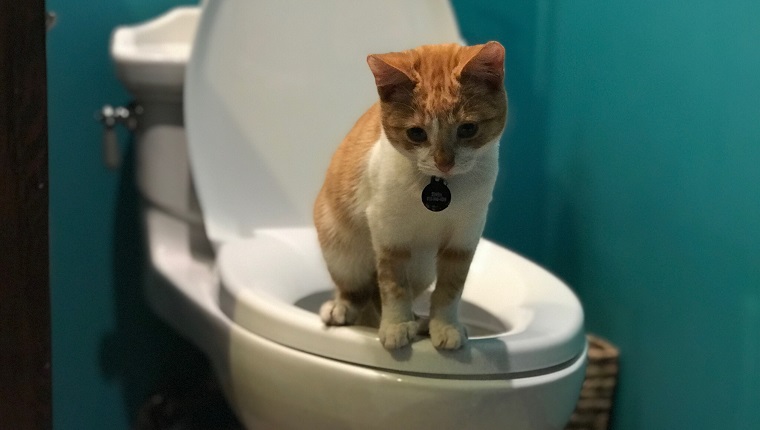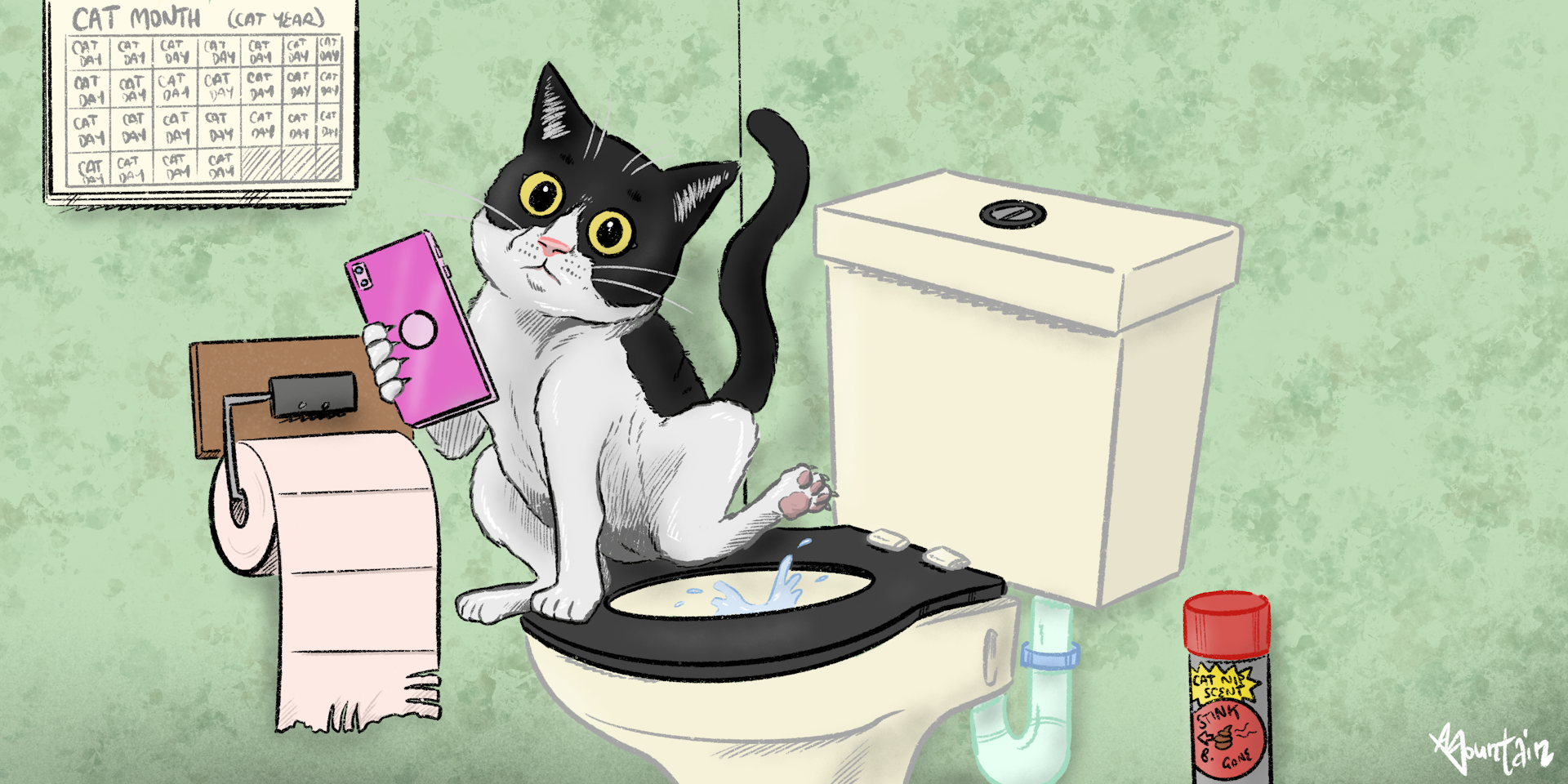Learning Why Animal Waste Needs to Not Be Flushed Down the Toilet
Learning Why Animal Waste Needs to Not Be Flushed Down the Toilet
Blog Article
Just about everyone may have his or her own thinking on the subject of 4 Reasons Why Dog Poop Cleanup is Important.

When it concerns disposing of waste, particularly animal waste, many people frequently consider the hassle-free choice of flushing it down the toilet. Nevertheless, this apparently simple service can have serious repercussions for the environment and public health. In this article, we'll check out why flushing animal waste down the toilet is a negative concept and supply alternative methods for proper disposal.
Intro
Proper waste disposal is crucial for preserving ecological sustainability and public health. While it may appear harmless to flush animal waste down the toilet, it can bring about different problems, both for the environment and human health.
Dangers of flushing animal waste
Environmental influence
Purging pet waste introduces damaging germs and pathogens into rivers, which can adversely influence marine ecological communities. These microorganisms can contaminate water sources and damage aquatic life, interfering with fragile ecological communities.
Public health issues
Animal waste contains harmful microorganisms such as E. coli and Salmonella, which can posture severe wellness threats to human beings. Flushing pet waste down the toilet can infect water materials, leading to the spread of diseases and infections.
Alternatives to flushing
Instead of purging animal waste down the commode, there are several alternate disposal methods that are more eco-friendly and sanitary.
Composting
Composting pet waste is an environmentally friendly means to dispose of it. By composting, organic matter is broken down right into nutrient-rich dirt, which can be utilized to feed gardens and plants.
Garbage dump disposal
Getting rid of pet waste in a land fill is another alternative. While not as environmentally friendly as composting, it is a safer option to flushing, as it prevents the contamination of water sources.
Family pet waste disposal systems
There are specialized animal waste disposal systems offered that securely and hygienically get rid of animal waste. These systems commonly utilize enzymes to break down waste and eliminate odors.
Steps to appropriate pet waste disposal
To make sure proper disposal of animal waste, adhere to these steps:
Scooping and landing waste
Consistently scoop and bag pet waste making use of biodegradable bags. This protects against waste from contaminating the environment.
Making use of assigned waste bins
Dispose of bagged pet waste in assigned waste bins, such as garden compost containers or landfill containers. Stay clear of flushing it down the toilet in all prices.
Cleansing litter boxes and animal areas consistently
Frequently clean litter boxes and animal locations to stop the build-up of waste and germs. Use pet-safe cleansing items to maintain health.
Advantages of appropriate disposal methods
Taking on appropriate disposal approaches for pet waste uses a number of benefits:
Decreased environmental pollution
Appropriate disposal techniques reduce the threat of environmental pollution, securing rivers and ecological communities from contamination
Decreased threat of water contamination.
By staying clear of flushing animal waste down the toilet, the risk of water contamination is substantially lowered, securing public health.
Enhanced sanitation and health
Appropriate disposal approaches advertise much better cleanliness and hygiene, creating a safer atmosphere for both human beings and pets.
Conclusion
In conclusion, purging pet waste down the toilet is dangerous to the environment and public health. By embracing alternate disposal approaches and complying with proper waste administration methods, we can lessen the adverse impact of animal waste and contribute to a cleaner, much healthier earth.
What To Do With Dog Poo – The Do's And Don'ts Of Disposing Of Faeces
Dog poo bins
Some councils provide dedicated dog waste bins in popular dog-walking areas that can take dog poo that has been bagged but you can legally dispose of dog waste in any public litter bin, as long as it is securely bagged. This also applies to your wheelie bin at home.
Do not flush
Water companies do not recommend flushing dog faeces down the toilet because certain parasites can survive the water processing treatment and are potentially harmful to humans. You should also never consider flushing dog poo that has been bagged down the toilet as the bags will not break down and instead create severe blockages in the sewage system.
In the woods
The Forestry Commission promotes a ‘stick and flick’ method for dealing with waste in the woods. This means finding a stick and using it to flick any poo from off the path so that it is out of the way of other walkers. You could also bury it as long as it is not in an area where there might be livestock.
Livestock
Parasites found in dog poo can be transmitted to livestock if they inadvertently eat infected faeces that has been left on grazing land. This could result in the death of sheep or abortion in cattle so you should always make sure you pick up your dog’s waste in fields where livestock could be present.

Frequently clean litter boxes and animal locations to stop the build-up of waste and germs. Use pet-safe cleansing items to maintain health.
Advantages of appropriate disposal methods
Taking on appropriate disposal approaches for pet waste uses a number of benefits:
Decreased environmental pollution
Appropriate disposal techniques reduce the threat of environmental pollution, securing rivers and ecological communities from contamination
Decreased threat of water contamination.
By staying clear of flushing animal waste down the toilet, the risk of water contamination is substantially lowered, securing public health.
Enhanced sanitation and health
Appropriate disposal approaches advertise much better cleanliness and hygiene, creating a safer atmosphere for both human beings and pets.
Conclusion
In conclusion, purging pet waste down the toilet is dangerous to the environment and public health. By embracing alternate disposal approaches and complying with proper waste administration methods, we can lessen the adverse impact of animal waste and contribute to a cleaner, much healthier earth.
What To Do With Dog Poo – The Do's And Don'ts Of Disposing Of Faeces
Dog poo bins
Some councils provide dedicated dog waste bins in popular dog-walking areas that can take dog poo that has been bagged but you can legally dispose of dog waste in any public litter bin, as long as it is securely bagged. This also applies to your wheelie bin at home.
Do not flush
Water companies do not recommend flushing dog faeces down the toilet because certain parasites can survive the water processing treatment and are potentially harmful to humans. You should also never consider flushing dog poo that has been bagged down the toilet as the bags will not break down and instead create severe blockages in the sewage system.
In the woods
The Forestry Commission promotes a ‘stick and flick’ method for dealing with waste in the woods. This means finding a stick and using it to flick any poo from off the path so that it is out of the way of other walkers. You could also bury it as long as it is not in an area where there might be livestock.
Livestock
Parasites found in dog poo can be transmitted to livestock if they inadvertently eat infected faeces that has been left on grazing land. This could result in the death of sheep or abortion in cattle so you should always make sure you pick up your dog’s waste in fields where livestock could be present.

As a person who reads on Why you should never flush dog poop down the toilet, I thought sharing that piece of content was important. Loved our blog? Please share it. Let somebody else locate it. I appreciate reading our article about Should you flush animal waste down the toilet.
Call Report this page